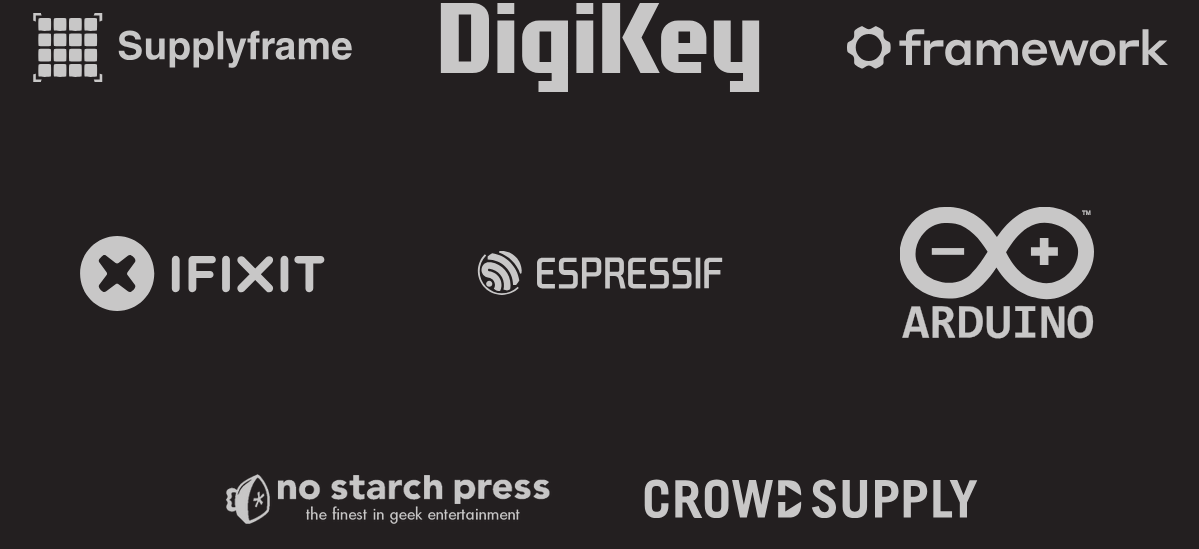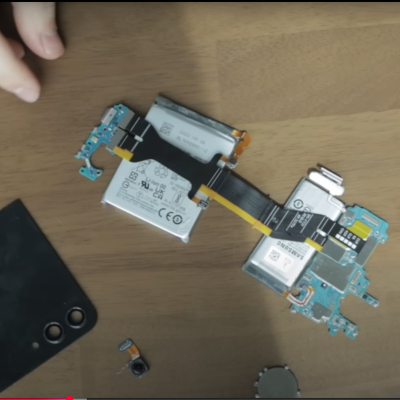Last weekend was Supercon, and it was, in a word super. So many people sharing so much enthusiasm and hackery, and so many good times. It’s a yearly dose of hacker mojo that we as Hackaday staff absolutely cherish, and we heard the same from many of the participants as well. We always come away with new ideas for projects, or new takes on our current top-of-the-heap obsession.
If you didn’t get a chance to see the talks live, head on over to the Hackaday YouTube stream and get yourself caught up really quickly, because that’s only half of the talks. Over the next few weeks, we’ll be writing up the other track of Design Lab talks and getting them out to you ASAP.
If you didn’t get to join us because you are on an entirely different continent, well, that’s a decent excuse. But if that continent is Europe, you can catch us up in the Spring of 2026, because we’re already at work planning our next event on that side of the Atlantic.
Our conferences always bring out the best of our community, and the people who show up are so amazingly positive, knowledgeable, and helpful. It’s too bad that it can only happen a few times per year, but it surely charges up our hacker batteries. So thanks to all the attendees, presenters, volunteers, and sponsors who make it all possible!


















